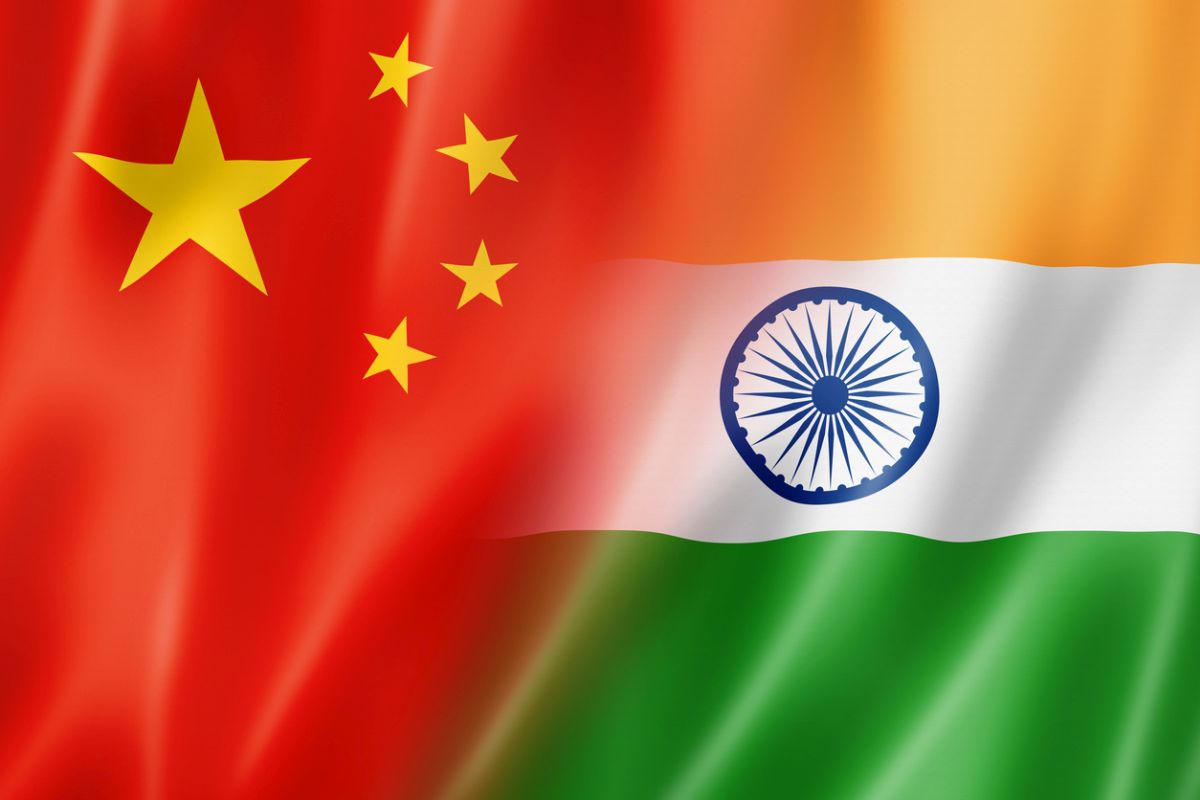Is India set to become the new beauty destination for global brands?
The Indian beauty market is estimated to reach $2.27 billion by 2028, with a CAGR of 10.91% during the forecast period (2023-2028).
The Doklam stand-off had led to heightened tensions between India and China in June 2017 when their forces were engaged in an eyeball-to-eyeball confrontation after India objected to the illegal construction of a road close to the Chicken Neck corridor at the tri-junction between India, China and Bhutan by the Chinese troops.

The Doklam stand-off had led to heightened tensions between India and China in June 2017. (Representational Image: iStock)
China on Wednesday released a ‘White Paper’ on its overall defence strategy which, among other things, speaks about the efforts being made by the country’s armed forces to promote stability with India and create conditions for peacefully resolving the Doklam stand-off which had brought the two countries to the brink of a full-fledged war in 2017.
The paper, highlighting the military reforms of the country, talks at length about China’s ties with major powers and countries in the neighbourhood and how the armed forces were defending the country’s sovereignty and integrity.
The armed forces “strive to promote stability and security along the border with India, and take effective measures to create favourable conditions for the peaceful resolution of the Donglang (Doklam) stand-off,” said the paper, titled ‘China’s National Defence in the New Era’.
Advertisement
The Doklam stand-off had led to heightened tensions between India and China in June 2017 when their forces were engaged in an eyeball-to-eyeball confrontation after India objected to the illegal construction of a road close to the Chicken Neck corridor at the tri-junction between India, China and Bhutan by the Chinese troops. The 73-day military face-off ended only after the PLA troops stopped the construction activity and withdrew to their side of the border.
Relations between the two neighbours started getting normal after Prime Minister Narendra Modi and Chinese President Xi Jinping met for an informal summit at the Chinese city of Wuhan in April 2018. The two leaders are scheduled to hold another informal summit in October in India.
The paper concedes that “regional hot-spots and disputes are yet to be resolved”. Referring to the prevailing situation in South Asia, it mentions that while the region remains “generally stable”, conflicts between India and Pakistan “flare up from time to time”.
On the Modi-Xi informal summit, the paper says: “To implement the important consensus reached by the leaders of China and India, the two militaries have exchanged high-level visits and pushed for a hotline for border defence cooperation and mechanisms for border management and border defence exchanges.”
Talking about the challenges ahead for China, it mentions that global military competition is intensifying, with major countries around the world “readjusting their security, military strategies and military organisational structures”. It says that India and other countries like UK, France, Germany and Japan are re-balancing and optimising the structure of military forces.
Without directly talking about the quadrilateral grouping of the US, Japan, India and Australia, the paper says the US is strengthening its Asia-Pacific military alliances and reinforcing military deployment and intervention, adding complexity to regional security.
Advertisement